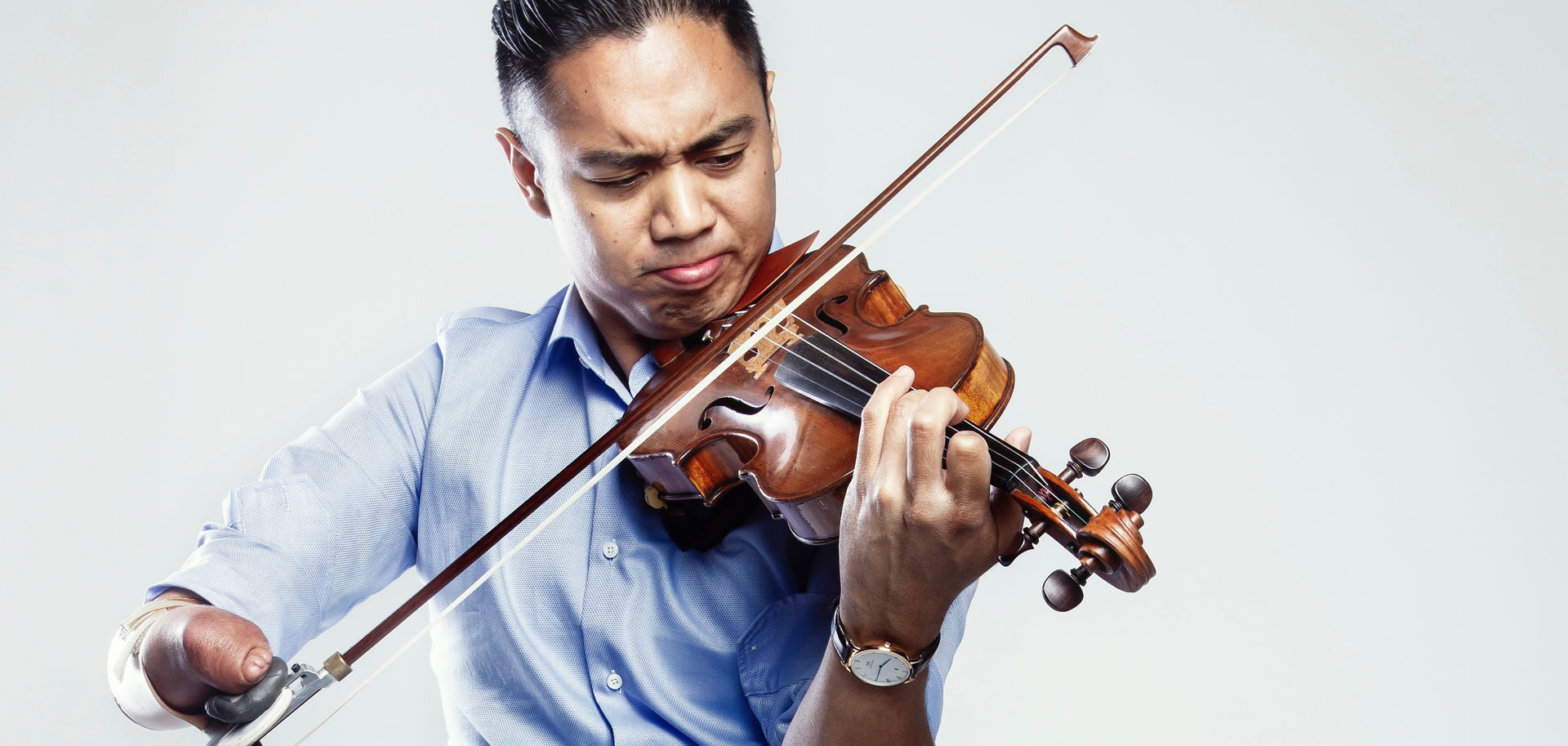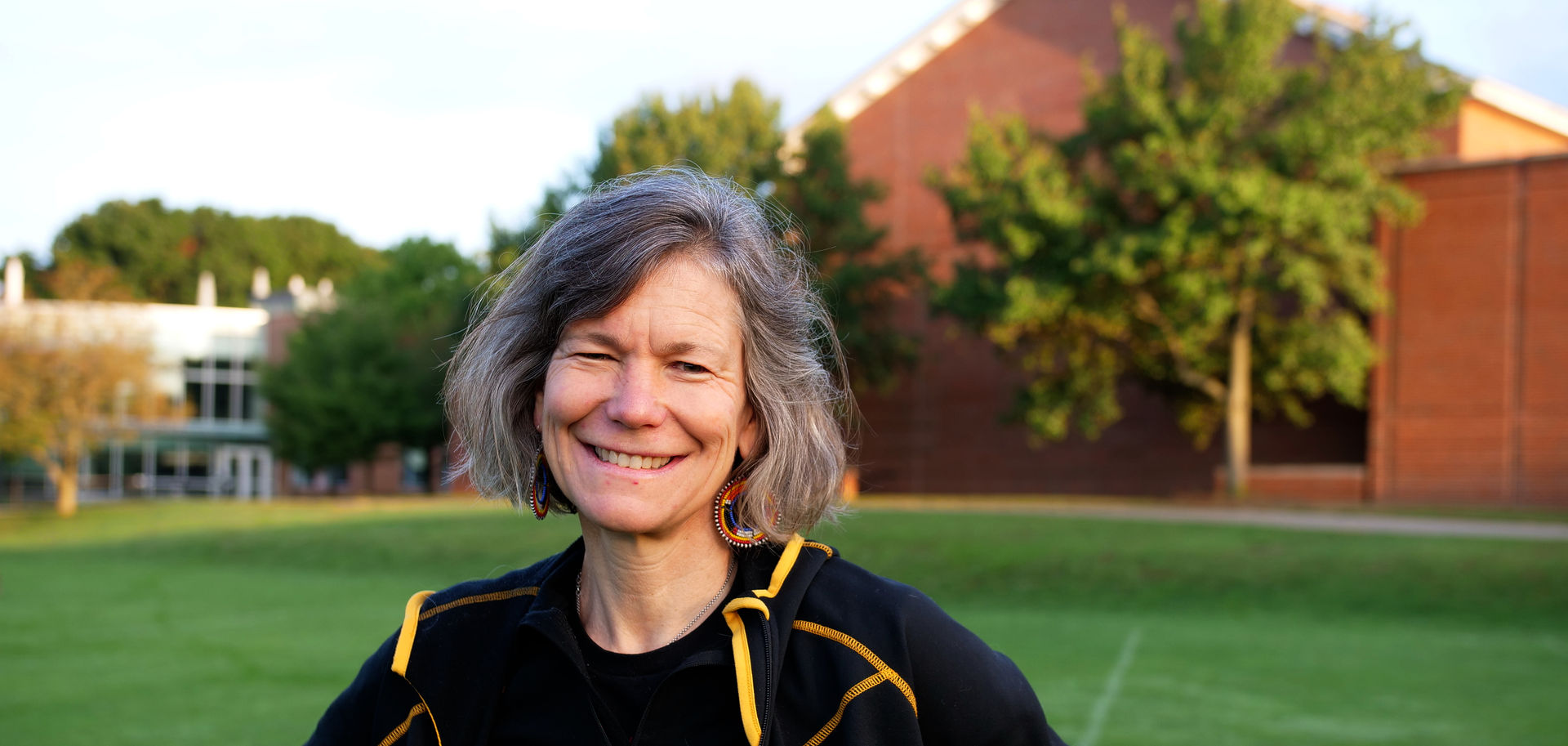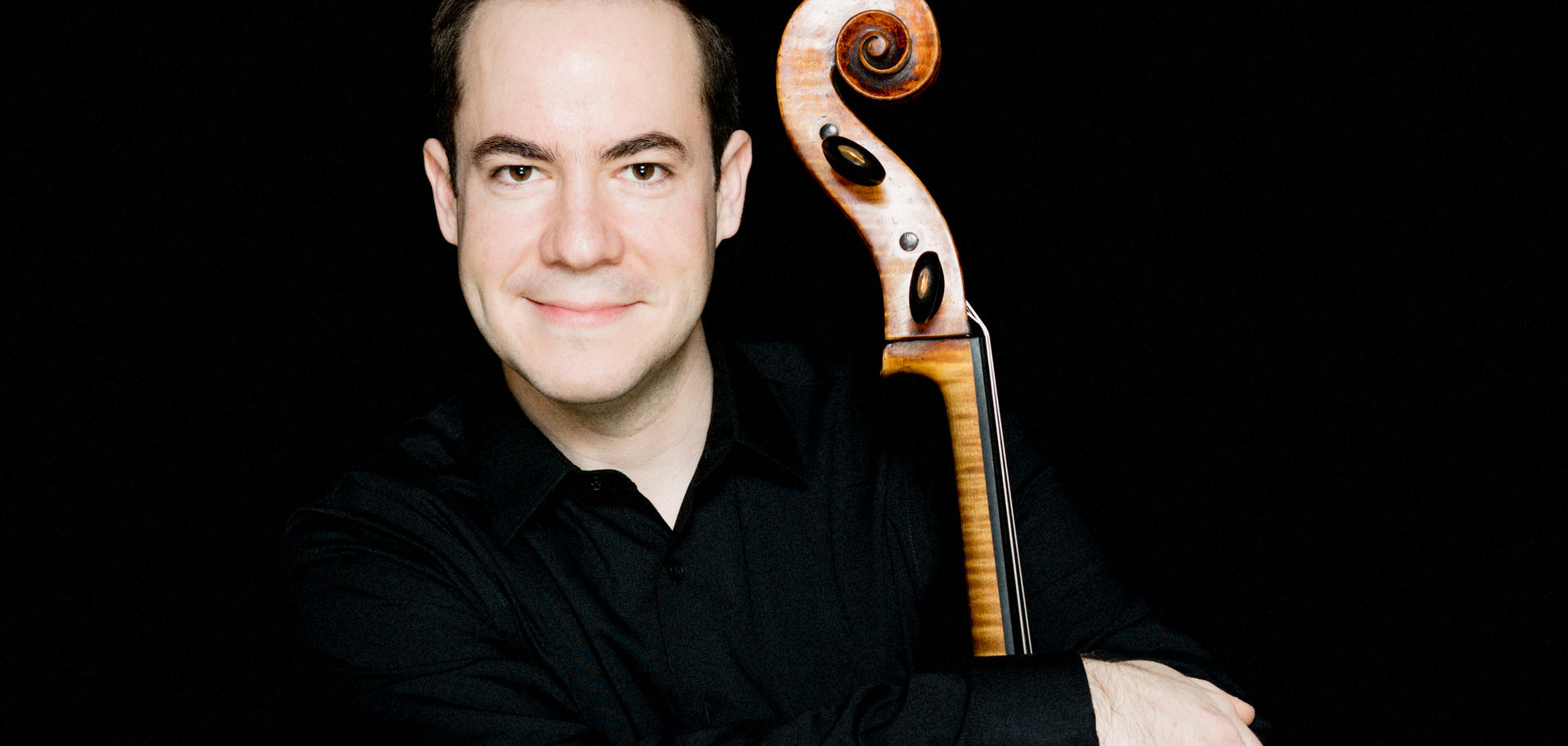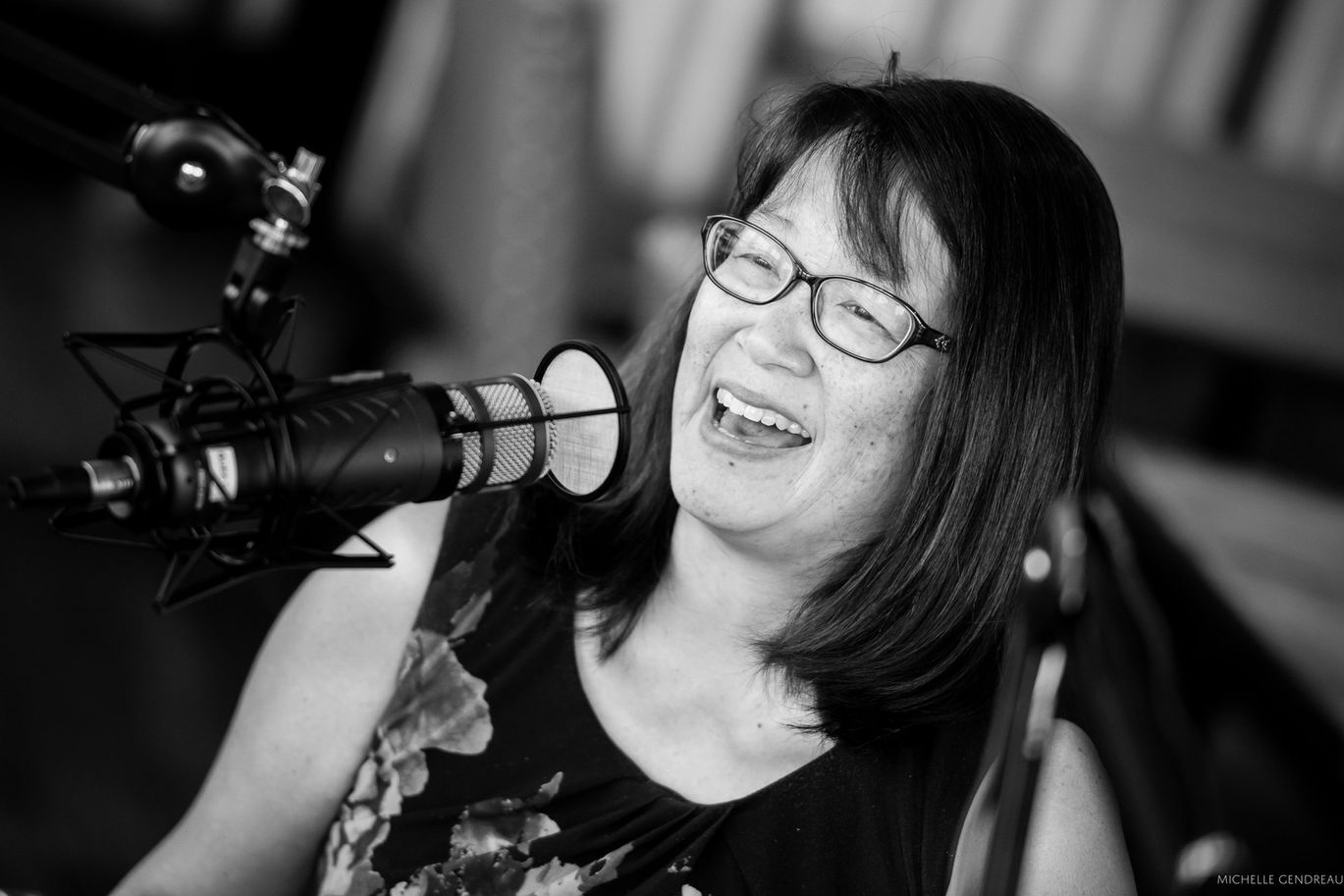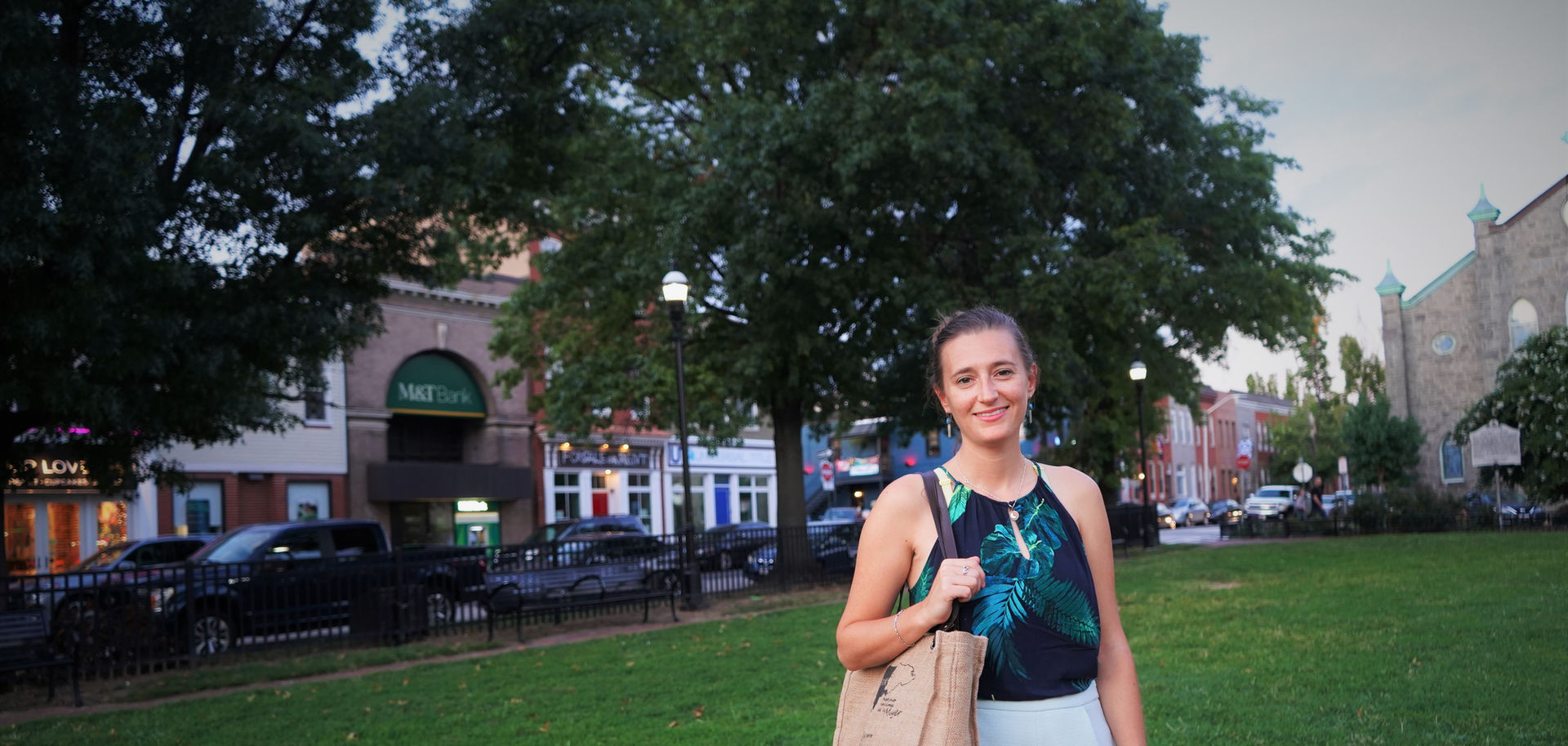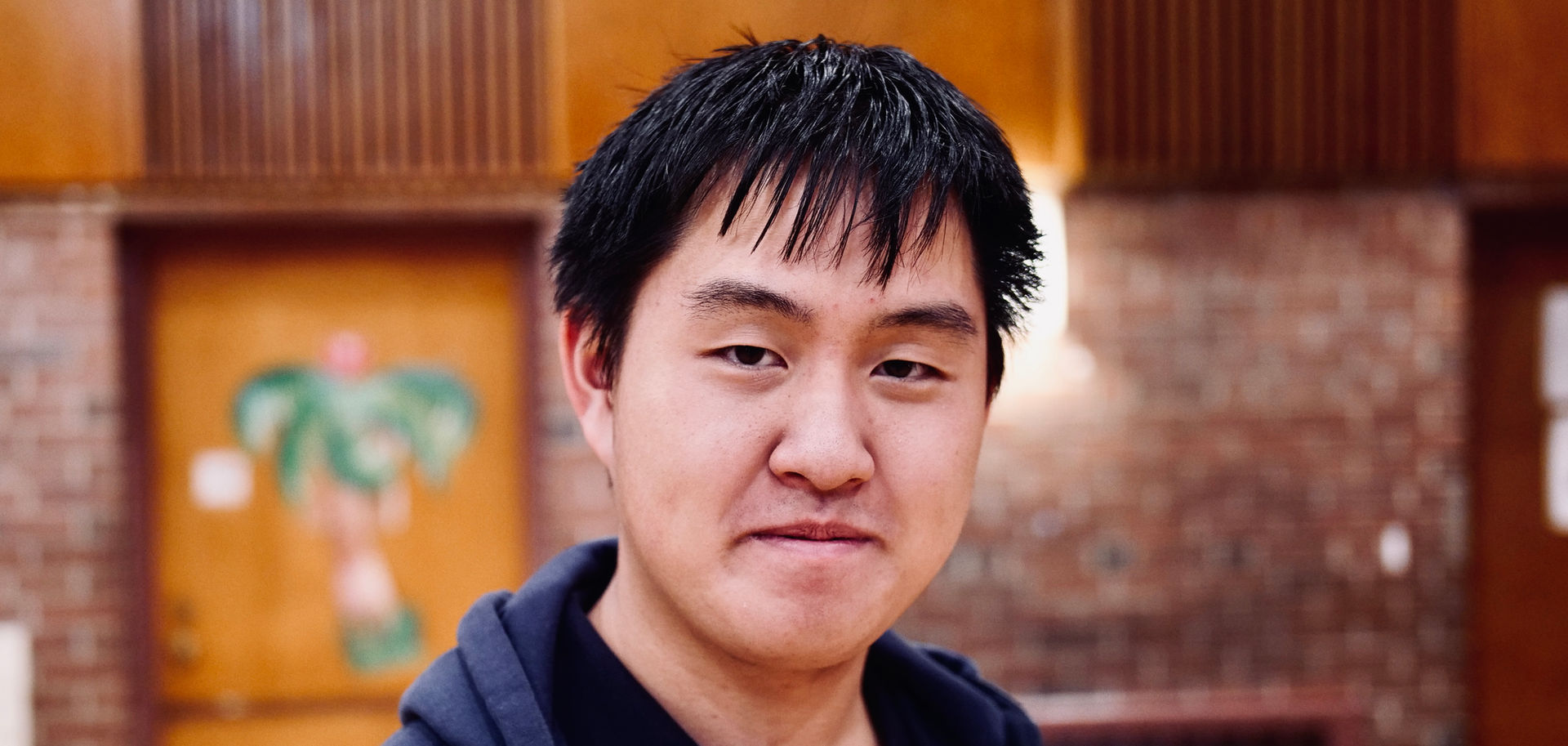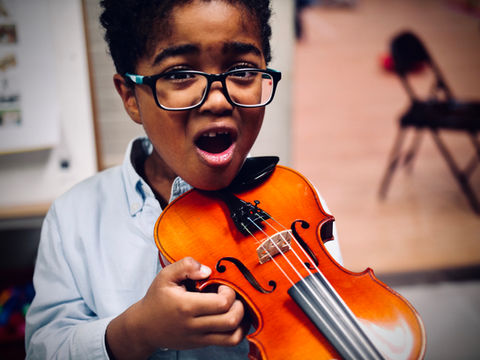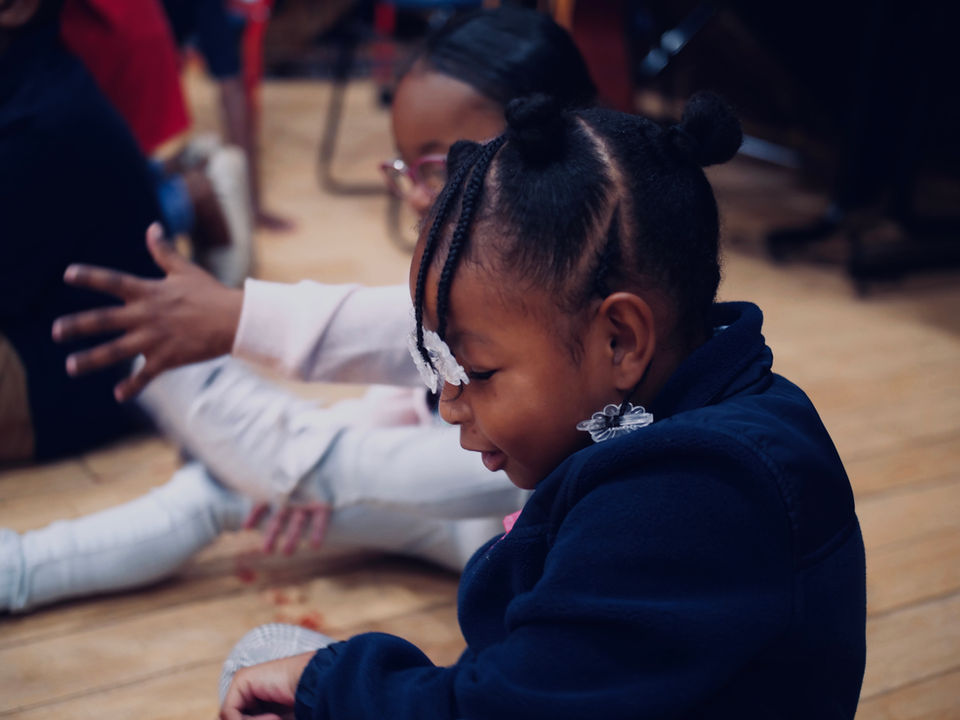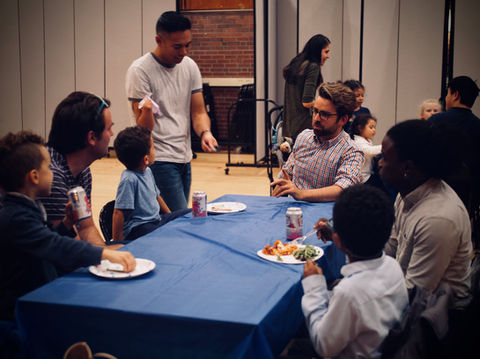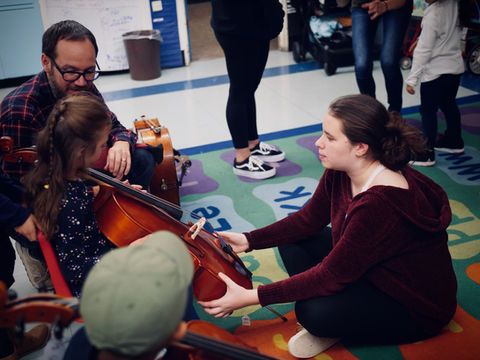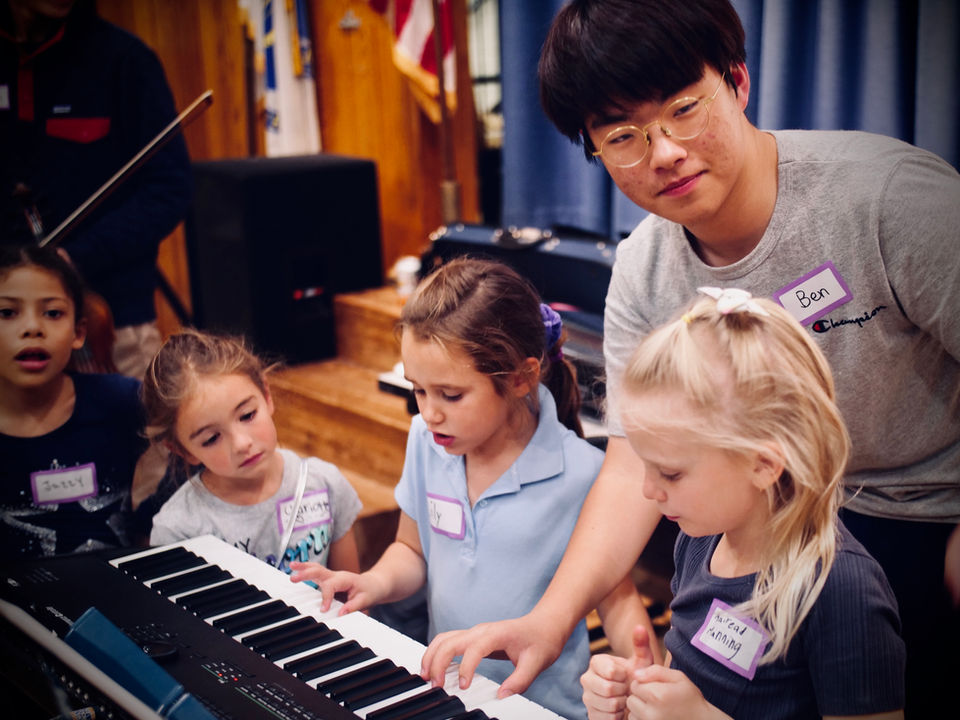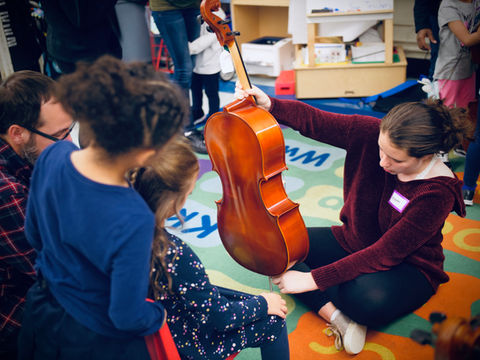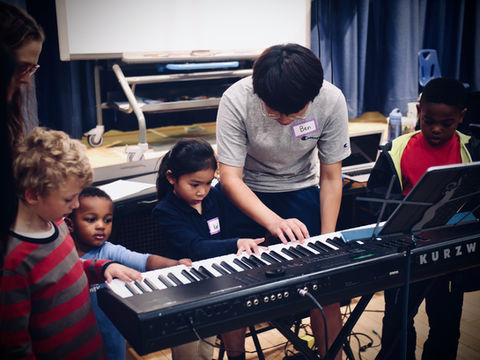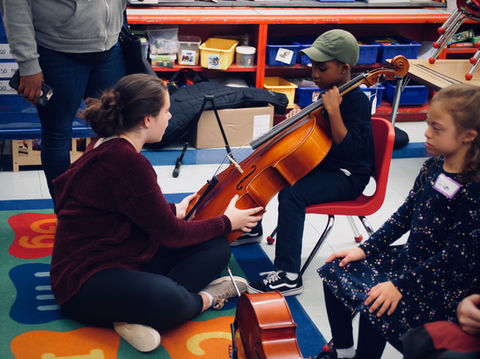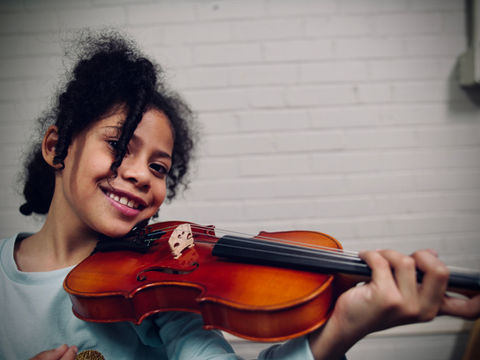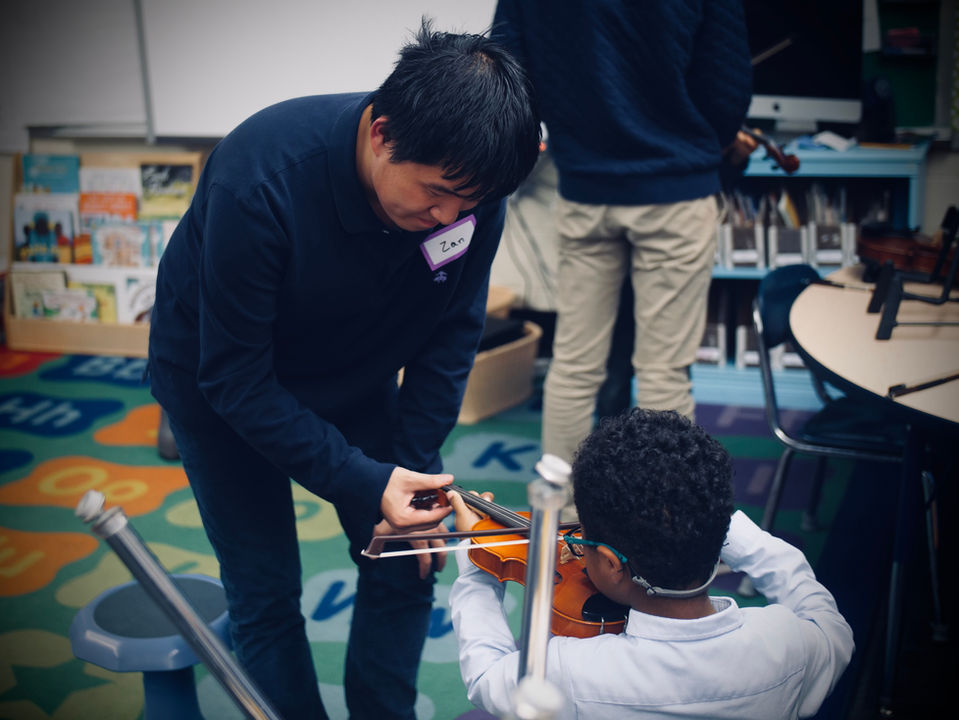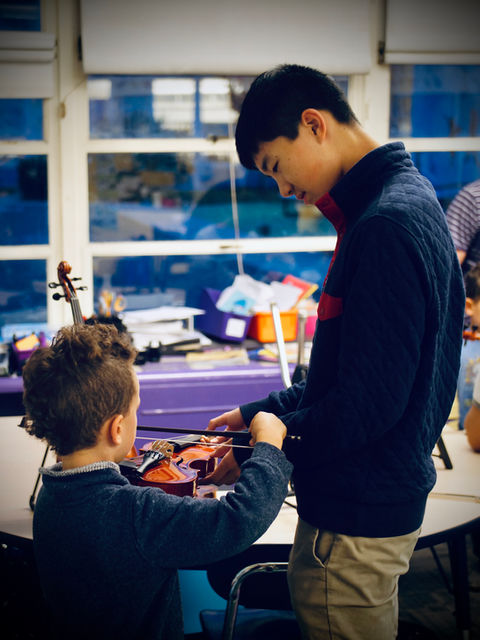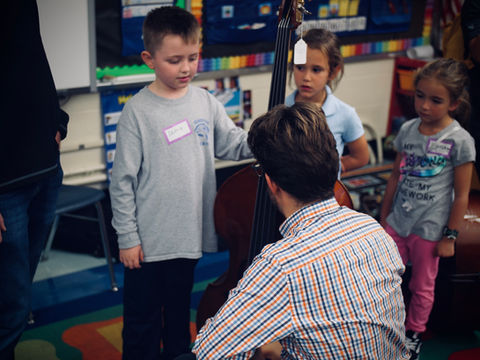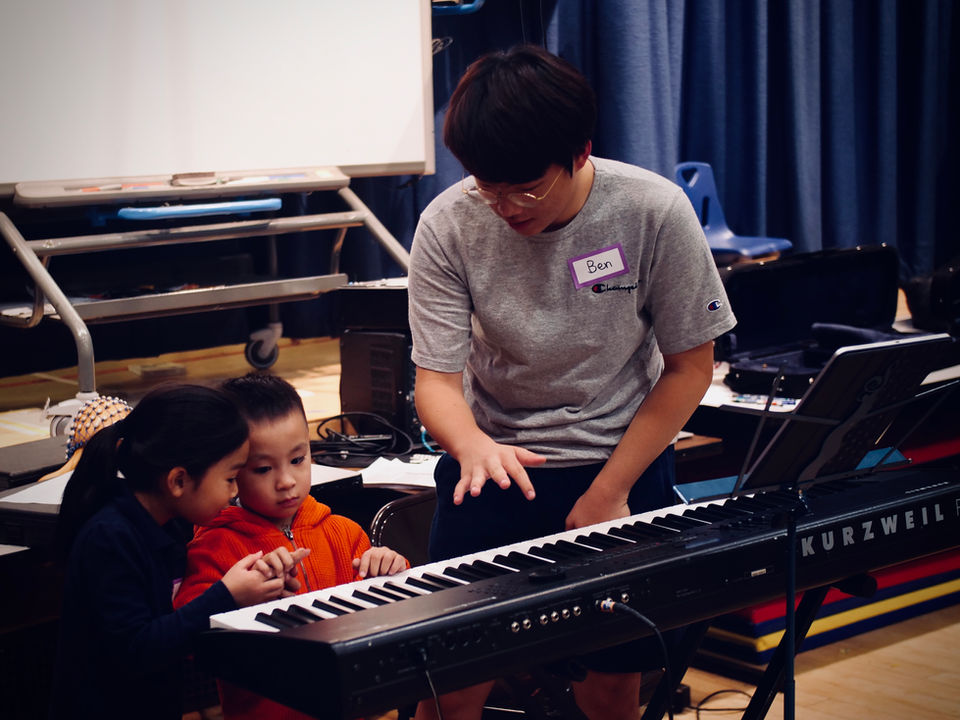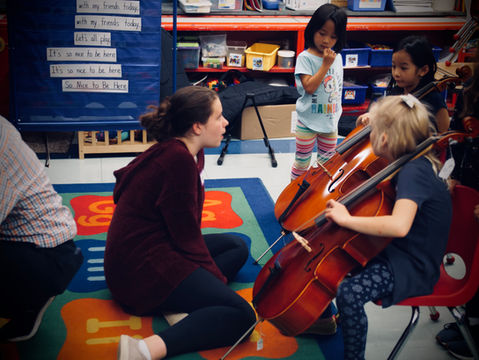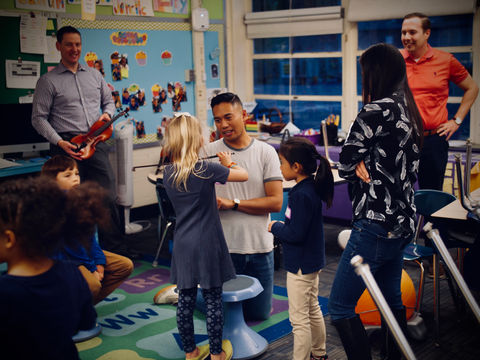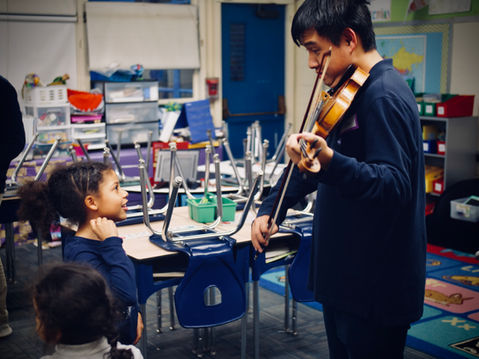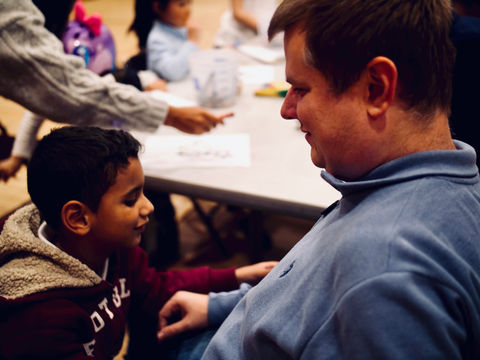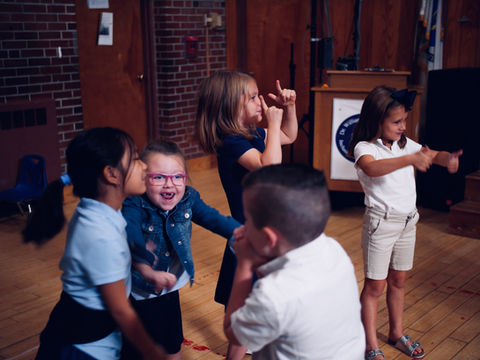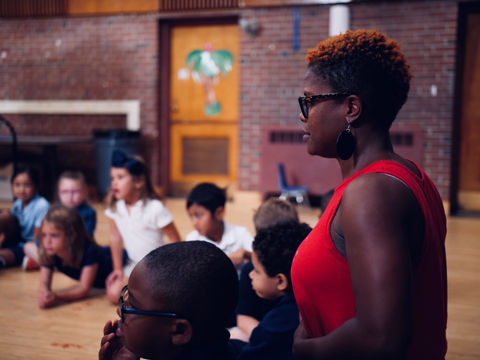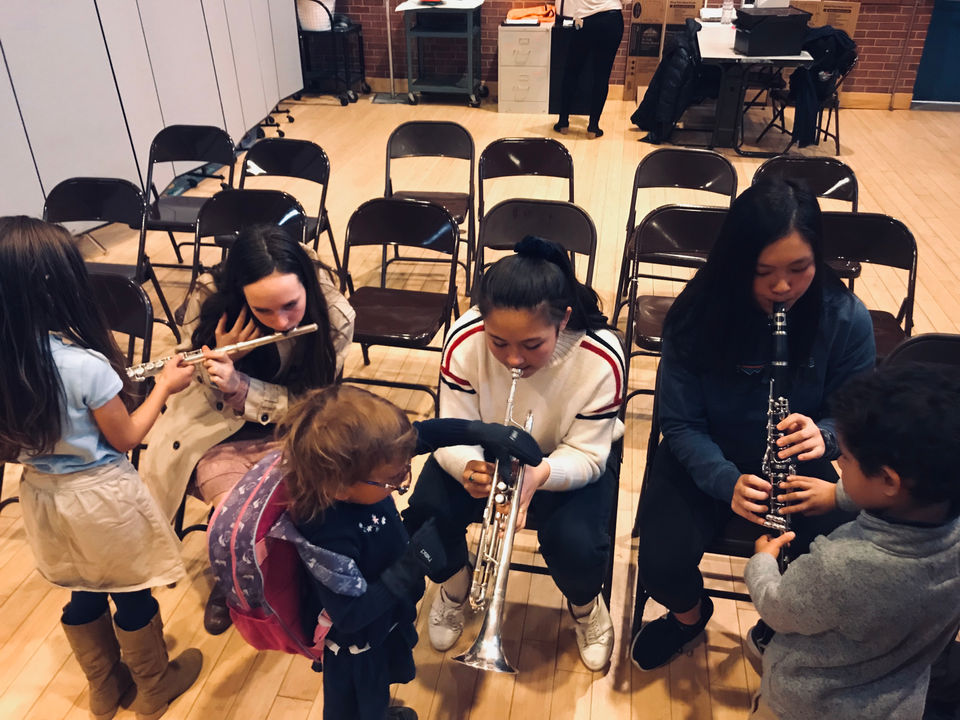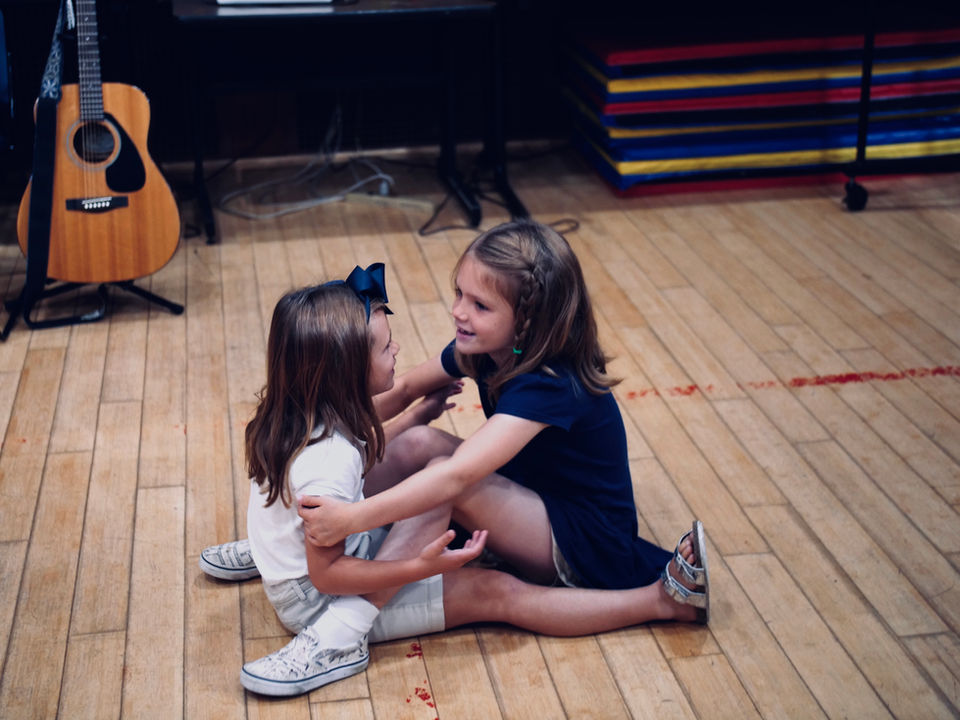

MUSIC INCLUSION PROGRAM
Providing access for students with disabilities and their typical peers to engage in the arts, to become leaders and promote a more inclusive society for their communities.
Our MISSION
The Music Inclusion (MI) Program, Inc. will support inclusive music education for learners in the United States, by removing individual and systemic barriers of access due to disability and socio-economic background.
We aim to create inclusive curriculum and adaptive instruments for students with disabilities and their typical peers, providing a vision to the world of who can participate in an orchestra.
LATEST NEWS
Due to physical distancing restrictions caused by the COVID-19 pandemic, the MI Program is currently delivering remote instruction to our students, serving as a bridge program until we can meet in person once again. We thank you for your continued support in challenging times!
SUBSCRIBE
WELCOME
People
MI ProgrAM goals
i) We will leverage advances in assistive and adaptive music technology to remove access barriers in orchestral education for students with physical disabilities
Children with disabilities are presented with barriers in their lives that can make it difficult to access many facets of their educational rights. Within the lens of the social model of disability, changes in education are not focused on the individual with an impairment but the social barriers that create a disabling environment. Such barriers include inaccessible physical environments, social attitudes and the lack of relevant assistive technology.
Fortunately, the lives of people with disabilities have improved over the past decade because of innovations in technology. From simple wheelchairs to advanced speech recognition and home automation, adaptive and assistive technology has helped millions of people gain independence and dignity in their lives.
The MI Program will assess the needs of its participants upon recruitment and design curriculum to incorporate assistive and adaptive musical technology as needed (see Project Design). The incorporation and use of such tools in the program will increase accessibility for some of our students with disabilities, shifting the paradigm of orchestral education with regard to who is allowed to participate in this learning environment.
ii) We will affect positive behavioral, socioemotional and academic outcomes for all participants
By creating an inclusive orchestral learning environment and enabling the participants to share their learning in a community context, we expect participants will gain a stronger sense of self and shift their attitudes towards disability. We anticipate students will create rewarding, positive relationships with each other through the shared goal of performing music in an ensemble. While we believe that the MI Program will deliver positive socio-emotional, cognitive and academic outcomes for its participants, there is no current literature analyzing or presenting the impact of an intervention like the one we have designed. This is because our intended model is built upon the unique intersection of inclusion and orchestral education. Therefore, we intend for the MI Program eventually to serve as a platform for researchers to expand their work in fields such as arts, music and special needs education.
iii) shift social attitudes and practices towards disability through community-based performances
The Henderson School has created opportunities for artistic expression specifically because art in all of its forms serves as an equalizer in what achievement can look like for their students with disabilities. Within the context of the MI Program, public demonstration of this achievement through a community concert will not only provide students with a platform to share and celebrate their learning, but will give audiences an opportunity to reframe their bias and enhance their understanding of disability. We believe the impact of such a culminating event will affect not only the culture of the Henderson School but also the larger public.
MI Program timeline 2021-2022
PROJECT TIMELINE
Phase 1: Research, Development and Design
April-May 2021 Coordination and assembly of the MI Program team
Development of a recruitment strategy
Coordinating logistics on site (Henderson Inclusion School)
May-June 2021 Recruitment of staff
Recruitment of participants
Preliminary formative evaluation and assessment of each participant
June-October 2021 Curriculum Design Begins
Development of Instructional Goals
Assessment and collection of instructional materials
Teaching staff develop instructional strategies and lesson plans
Volunteer recruitment
Phase 2: Implementation
Oct. 2021 Weekly group rehearsals commence
Ongoing formative evaluation of instructional materials and strategies
Weekly meetings held to analyze data and continual reevaluation of pedagogy and curriculum
Nov. 2021 2nd advisory meeting
Development of strategic partners and performance opportunities
March 2022 3rd advisory meeting
April 2022 Final performance of the ensemble
April-May 2022 Synthesis and review of data
Submission of evaluation
Submission of a report to all partners with recommendations on programming for the 2022-2023 school year.
volunteer
We would love your support in any capacity! The MI Program will take place at the Henderson Inclusion School (Lower School Campus), Monday, Tuesday and Wednesday from 2:30-4PM.

